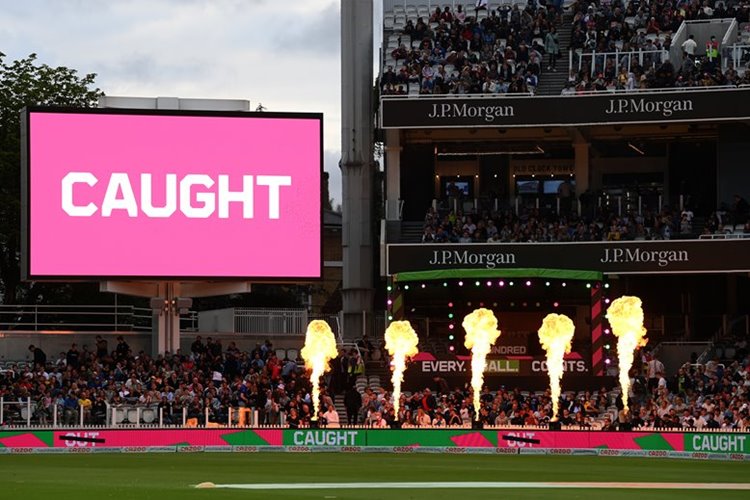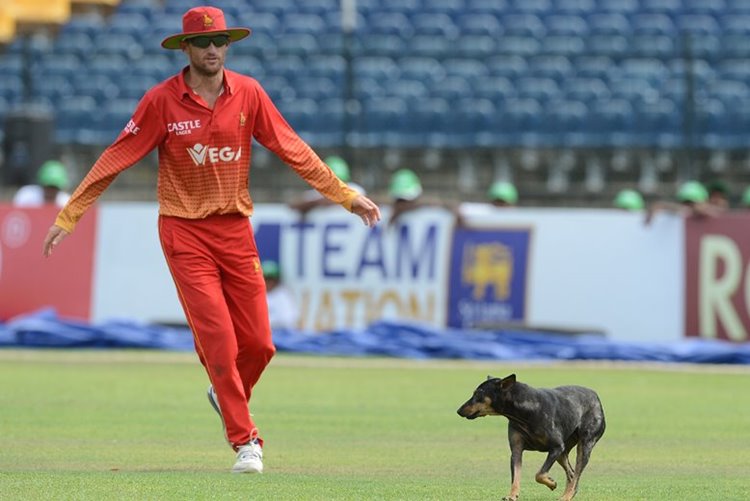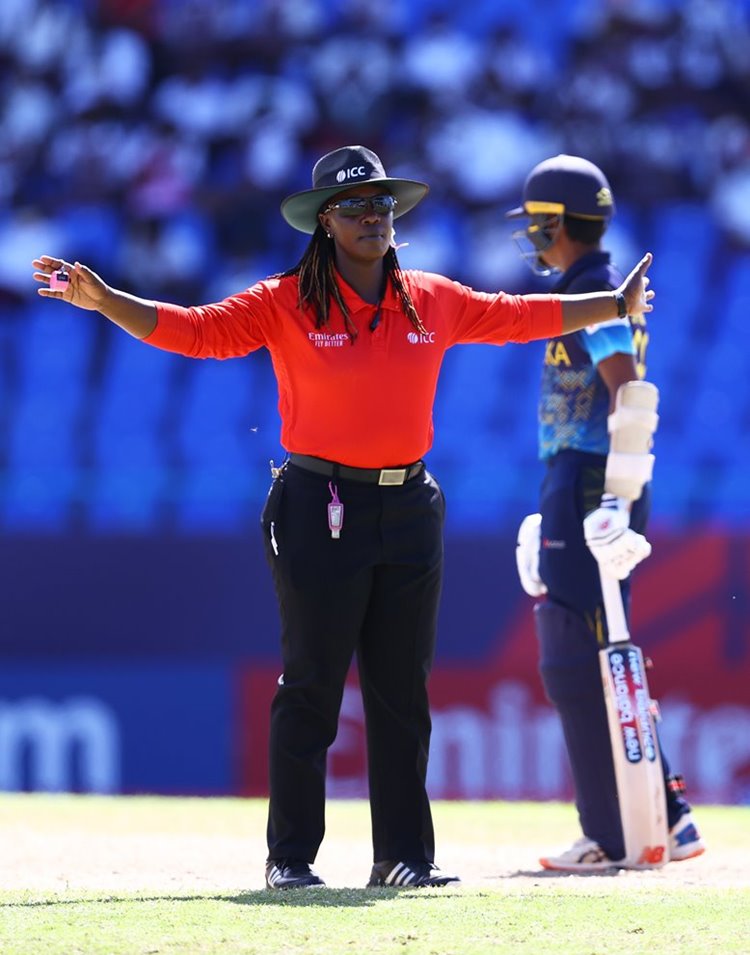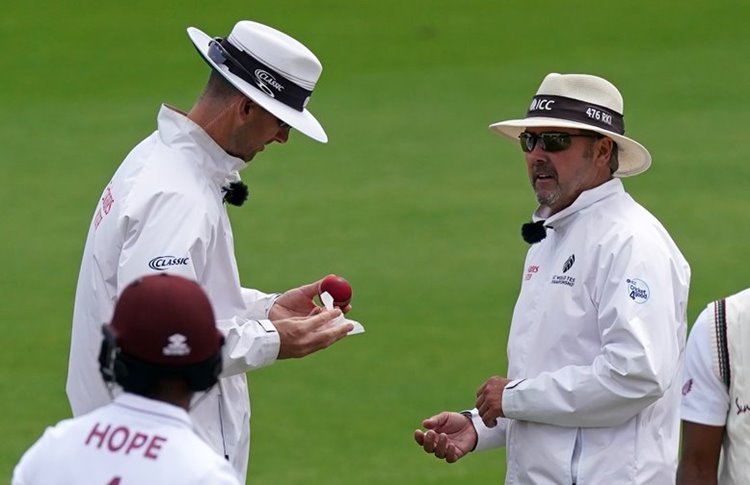MCC's new code of Laws for 2022 have officially come into force today.
View The Laws
The alterations to the Laws of Cricket in October 2017 were the most significant that have been made for almost two decades.
The code was well received and has had a positive impact on cricket all over the world, but even in the five years since publication, the game has evolved and the MCC Laws sub-committee has suggested several changes for the 2022 Code, which were subsequently approved at the Club’s Main Committee meeting last week.
The changes are intended to shape the game of cricket as it should be played.
There are several notable changes, as below:
Law 1 – Replacement players
The introduction of a new clause, Law 1.3, explains that replacements are to be treated as if they were the player they replaced, inheriting any sanctions or dismissals that player has done in that match.
Law 18 – Batters returning when Caught
First trialled by the ECB in The Hundred at the suggestion of MCC, Law 18.11 has now been changed so that, when a batter is out Caught, the new batter shall come in at the end the striker was at, i.e. to face the next ball (unless it is the end of an over).

Law 20.4.2.12 – Dead ball
The new edition sees several changes to the Dead ball Law, the most significant of which is the calling of Dead ball if either side is disadvantaged by a person, animal or other object within the field of play.
From a pitch invader to a dog running onto the field, sometimes there is outside interference – if this is the case, and it has a material impact on the game, the umpires will call and signal Dead ball.

Law 21.4 – Bowler throwing towards striker’s end before delivery
If a bowler throws the ball in an attempt to run out the striker before entering their delivery stride, it will now be Dead ball. This is an extremely rare scenario, which has until now been called as a No ball.
Law 22.1 – Judging a Wide
In the modern game, batters are, more than ever, moving laterally around the crease before the ball is bowled.
It was felt unfair that a delivery might be called ‘Wide’ if it passes where the batter had stood as the bowler entered his/her delivery stride. Therefore, Law 22.1 has been amended so that a Wide will apply to where the batter is standing, where the striker has stood at any point since the bowler began their run up, and which would also have passed wide of the striker in a normal batting position.

Law 25.8 – striker’s right to play the ball
If the ball should land away from the pitch, the new Law 25.8 allows the striker to play the ball so long as some part of their bat or person remains within the pitch. Should they venture beyond that, the umpire will call and signal Dead ball. As recompense to the batter, any ball which would force them to leave the pitch will also be called No ball.
Laws 27.4 and 28.6 – Unfair movement by the fielding side
Until now, any member of the fielding side who moved unfairly, was punished only with a ‘Dead ball’ – potentially cancelling a perfectly good shot by the batter. Given the action is both unfair and deliberate, it will now see the batting side awarded 5 Penalty runs.
Law 38.3 – moving the running out of the non-striker
Law 41.16 – running out the non-striker – has been moved from Law 41 (Unfair play) to Law 38 (Run out). The wording of the Law remains the same.

Law 41.3 – No saliva
When cricket resumed following the onset of Covid-19, playing conditions were written in most forms of the game stating that applying saliva to the ball was no longer permitted. MCC’s research found that this had little or no impact on the amount of swing the bowlers were getting. Players were using sweat to polish the ball, and this was equally effective.
The new Laws will not permit the use of saliva on the ball, which also removes any grey areas of fielders eating sugary sweets to alter their saliva to apply to the ball. Using saliva will be treated the same way as any other unfair methods of changing the condition of the ball.
"It is important that we announce these changes now as part of the Club’s global commitment to the game"
Fraser Stewart, MCC Laws Manager, said: “Since the publication of the 2017 Code of the Laws of Cricket, the game has changed in numerous ways. The 2nd edition of that Code, published in 2019, was mostly clarification and minor amendments, but the 2022 Code makes some rather bigger changes, from the way we talk about cricket to the way it’s played.
“It is important that we announce these changes now as part of the Club’s global commitment to the game, giving officials from all over the world the chance to learn under the new Code ahead of the Laws coming into force in October.”
For the full version of the new 2022 Code of Laws changes, please click below.
Read More